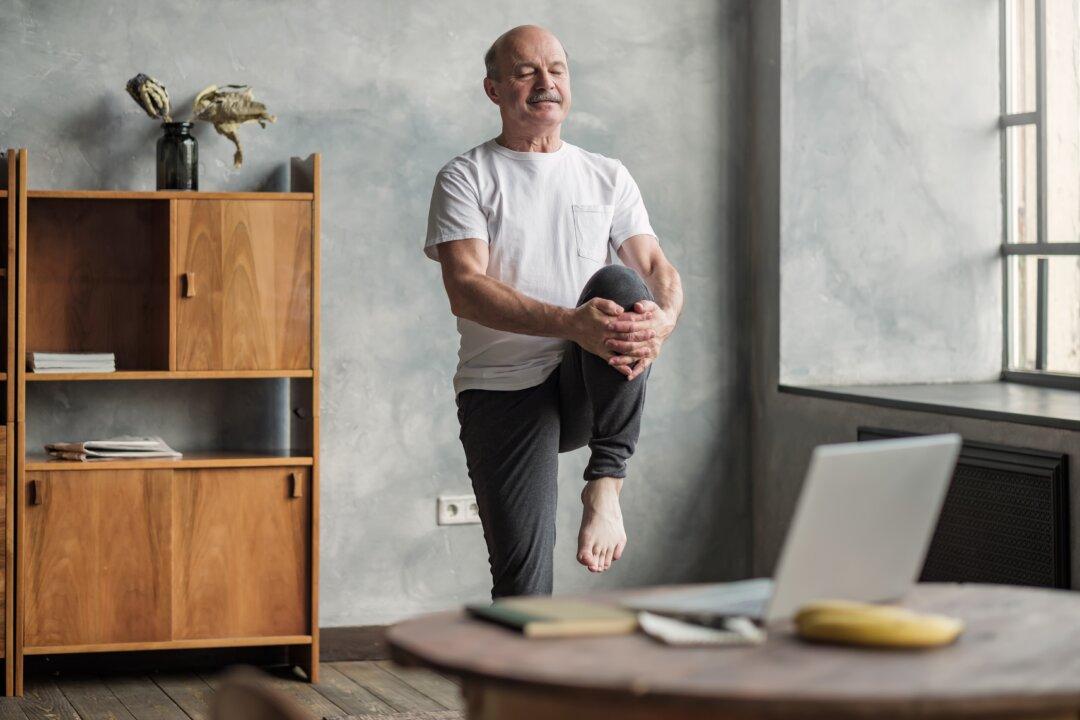Research shows that people’s ability to stand on one leg is an indicator of health and that getting better at standing on one leg can add to fitness and potentially lifespan.
Being able to stand on one leg is linked to increased levels of physical activity and decreased risk of falls and is associated with both quality and length of life. Around 37.3 million falls per year worldwide are severe enough to require medical attention.

